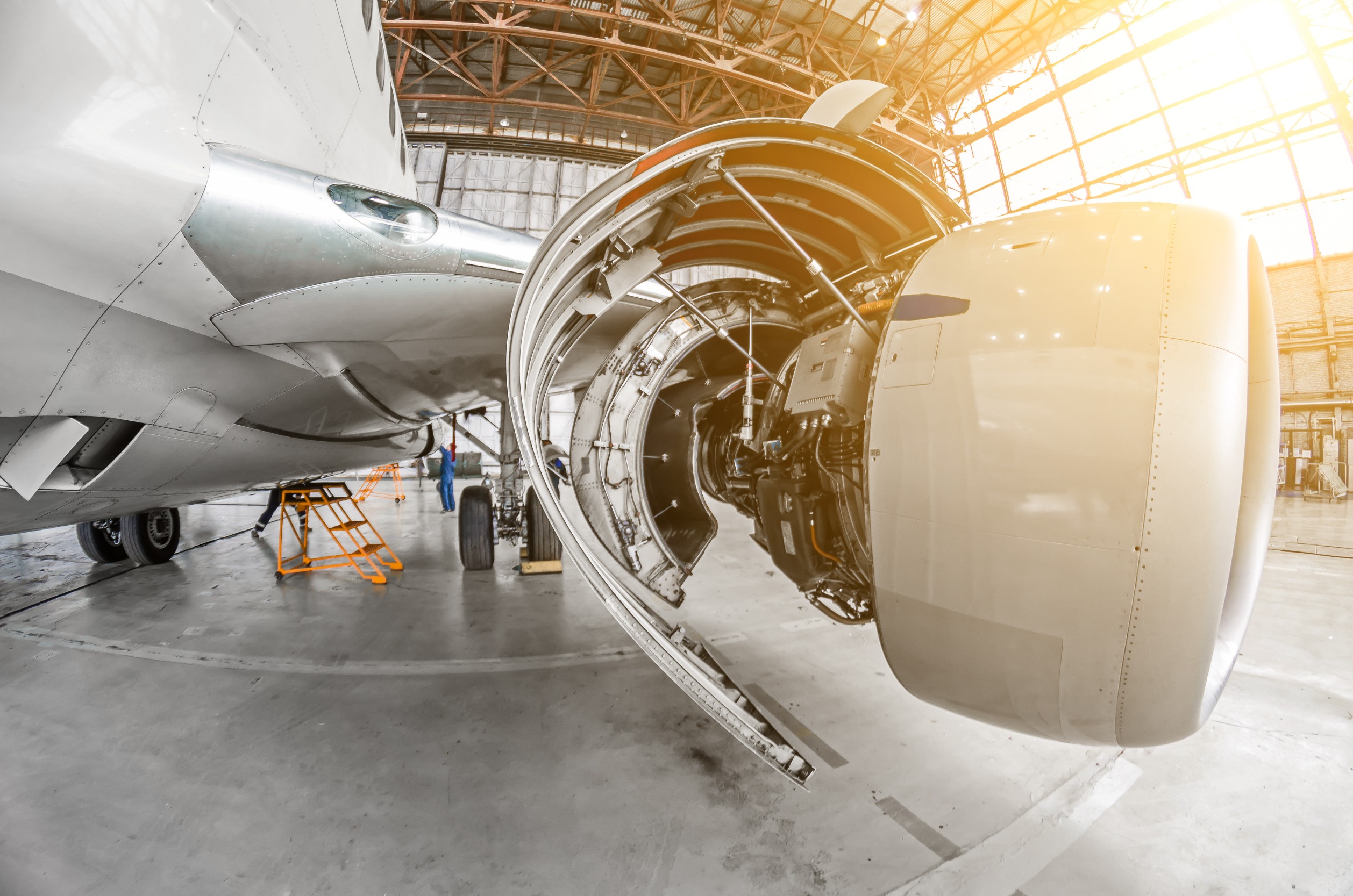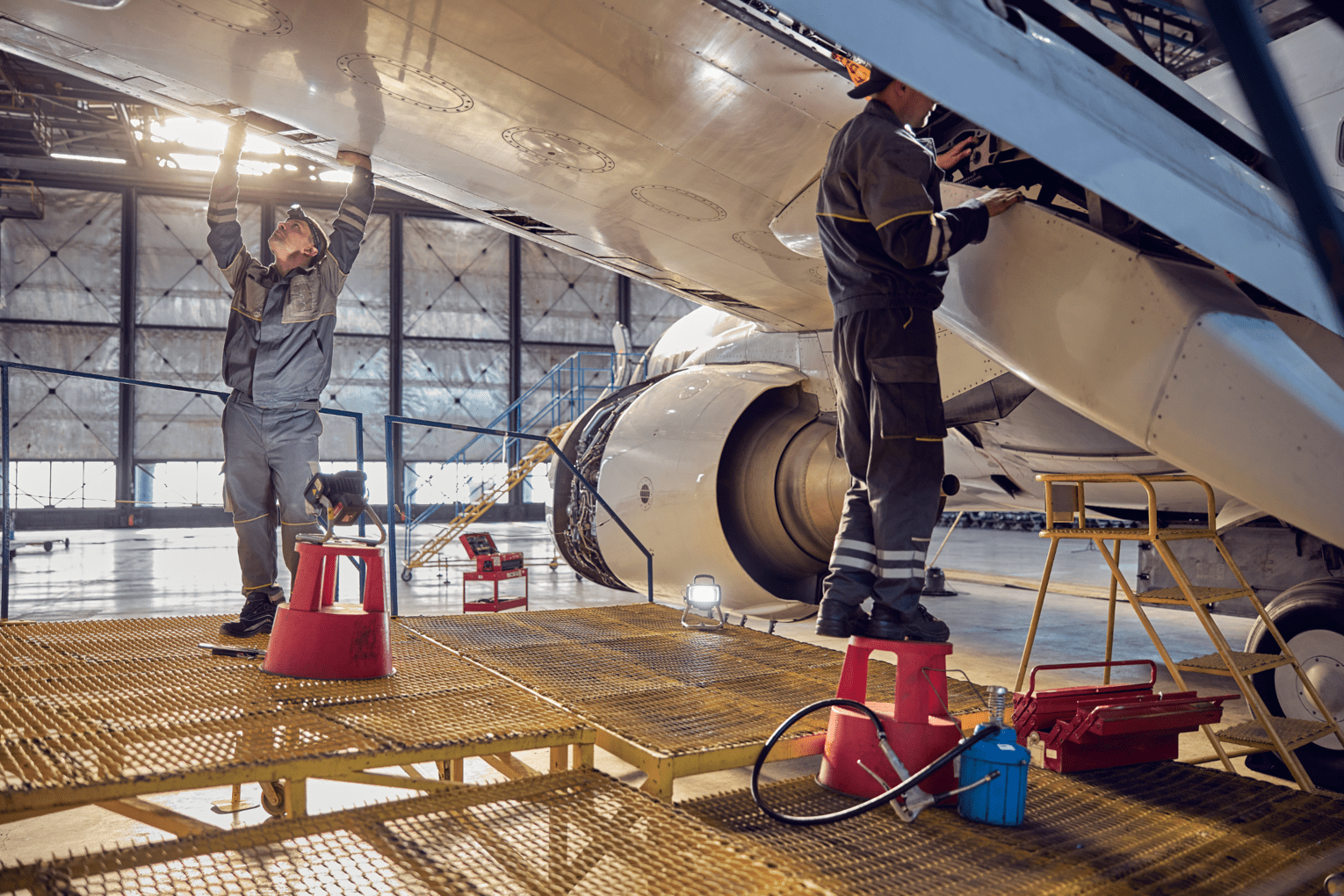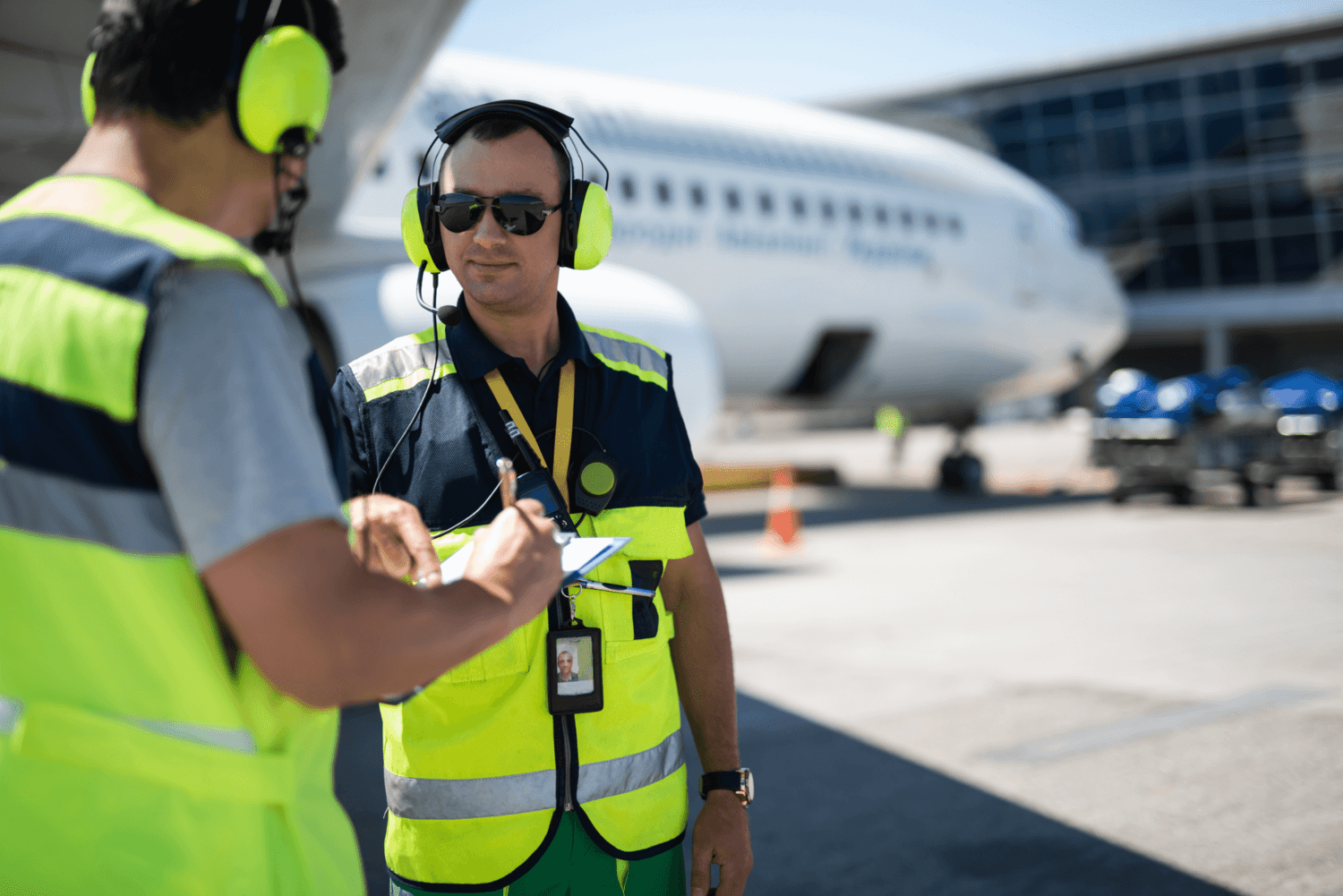
Release date : 2021-11-11
The secret afterlife of retired aircraft
Around 94% of an aircraft can be reused or recycled at the end of its life. This could see fully functional cockpit equipment becoming a spare part for another aircraft or aluminum fuselage finding a new life as a keyring. Circular economy for aerospace and aviation sectors: redesign, repair, reuse, recycle, paving the runway to a more cost-effective, low-carbon economy. However, what happens to the parts that can’t find a new home?
Upcycling the parts — using old materials to make something new and different — has gained momentum in recent years. It has become a much more efficient marketplace as more companies have become socially and environmentally responsible. Access to retired aircraft materials used to be difficult, but in recent years, they have become more available.
Typically, at the end of airplanes lifecycle, the airline or owner may keep some of parts for reuse internally, some aircrafts may be converted into cargo planes and the remaining inventory is often sold.
Second life
Components (everything from cockpit instrumentation and the outer shell of the plane known as skin, to seats and food-service equipment) in good condition can be used to equip other planes or are recycled or upcycled into things like beverage cans, clothing, and home and office furnishings.
The average aircraft has about 800 to 1,000 parts that can be reused when it comes out of service. The largest assets, like the engine and landing gear, are often removed, repaired, tested, recertified and used in another aircraft in a carrier’s fleet. Aluminum, copper wiring and other precious metals go to recycling centers and back to the raw supply chain.
Repurposing parts
Many items are produced commercially, but unique uses abound: an old galley cart turned into a home bar, wings from an old Boeing 747 that form the roof of a private house, and first-class seats used as lounge chairs, cuff links in the shape of a wing rib made from the fuselage of a Pan Am Boeing 707.
Civil aircraft can bring as much economic benefit to its owners when it is retired as it does during the days it is busy flying people and cargo around the world. Over 90 % of an aircraft’s parts can be recycled, dismantling a plane can provide up to 6,000 parts.
Recycling aviation parts
An average commercial aircraft has an estimated 800 to 1,000 parts that can be recycled. The most valuable of these are the engine, landing gear, avionics and electronics. Once these components and parts are removed, overhauled, tested and recertified, they can be repurposed back into aviation. The remaining materials, including aluminum, copper, and various alloys can go to recycling facilities and returned to the raw material supply chain.


